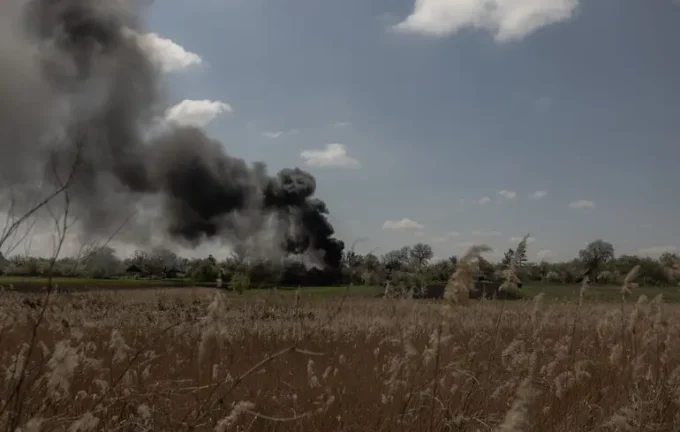Ministry of Defense Denies Allegations of a Slowed Summer Offensive: The Situation from Pokrovsk Sector Tells a Different Story

Official representatives of Ukraine's Ministry of Defense are dismissing reports that Russia’s summer offensive has supposedly slowed down or halted. In particular, Viktor Tregubov, spokesperson for the operational-strategic group ‘Khortytsia,’ in a televised marathon, emphasized that the situation at the front remains far from stable. He pointed out that while certain areas, such as the Sumy sector, have seen a lull due to prolonged Russian preparations, in other regions fighting continues intensively. On the Pokrovsk direction, the situation remains tense: Russian forces engage in over 50 clashes daily, attempting to advance. They have already crossed the Pokrovsk-Kostiantynivka highway and are pushing northward to threaten Kostiantynivka and the Pokrovsk-Myrnograd agglomeration, or potentially attacking from multiple directions simultaneously. Tregubov noted that although the situation is dangerous and challenging, it cannot be stated that Russian troops are making rapid progress. “They need to be pushed back beyond the highway, and their offensive capabilities should be reduced by all available means,” he said. As for their strength, the Russian grouping in the Pokrovsk sector amounts to approximately 110,000 troops — but all reserves have already been committed. Meanwhile, the enemy is attempting to push toward Dnipropetrovsk region, keeping Ukrainian forces on high alert. According to the Ministry of Defense, Russia has concentrated over 50,000 soldiers in the Sumy front, but the command asserts that Russian advances are halted, and the Ukrainian Armed Forces are holding this contingent back. Experts, however, warn about critical issues concerning fortifications: poor construction quality of defensive structures threatens to cost Ukraine territorial losses. More details are available in Yuriy Kasyanov’s article ‘Who is in the war, and who is TikTok: the state of national decisions in wartime,’ published on ZN.UA.

